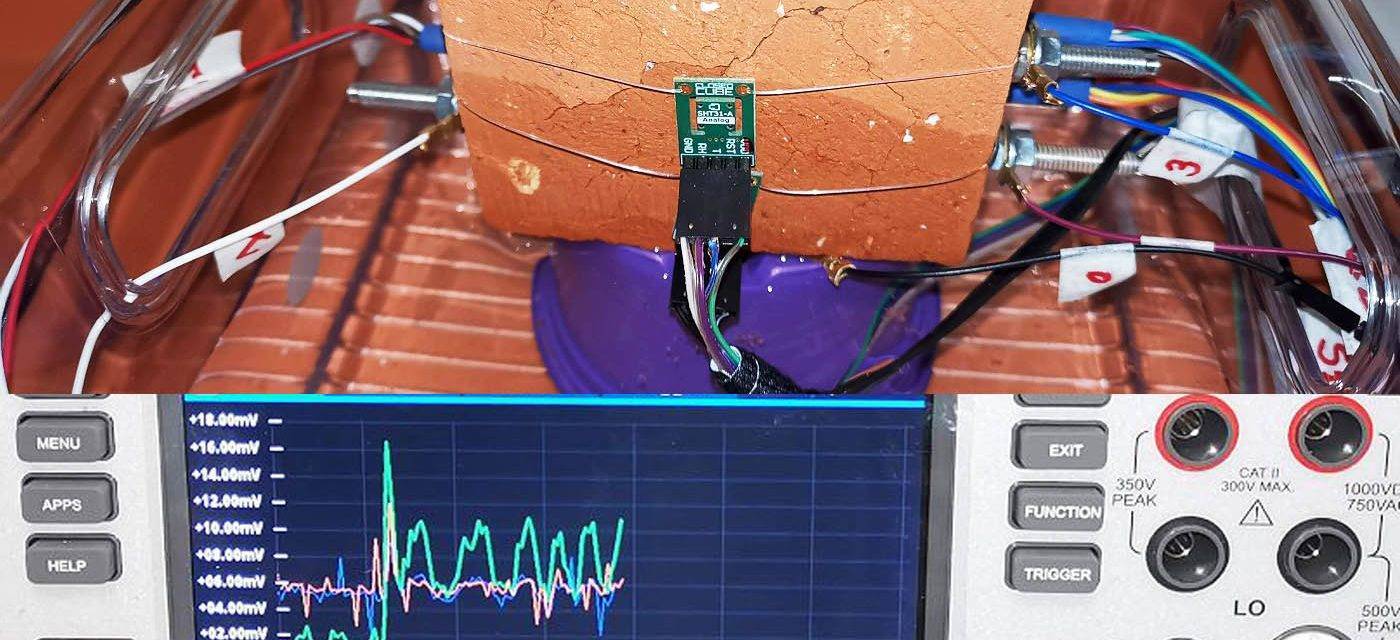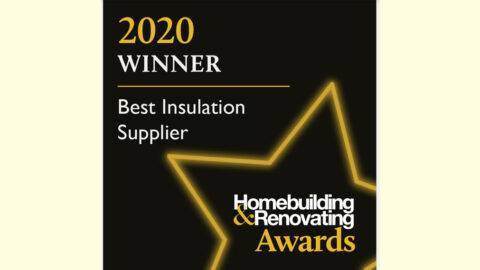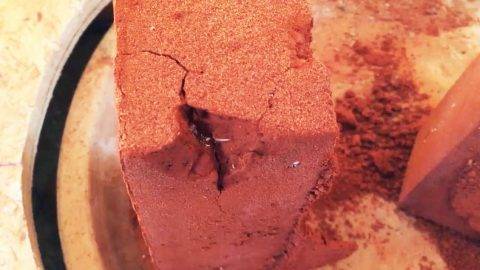Ever wondered how buildings of the UNESCO world heritage site: Venice are looking so good…
The Need for Innovation – Why Research in Building Conservation Technology Has to Continue?
Why Need for Innovation?
Our main areas of interest are solutions for dampness and thermal insulation. As we started working in this field we gradually became aware of some of its controversies - lots of opinions and conflicting ideas floating around, such as:
- ... it's normal that old buildings are damp and you have to live with it...
- ... stone buildings are cold...
- ... rising damp is merely condensation...
- ... if it breathes it's not waterproof...
- ... old buildings are expensive to heat...
- ... rising damp doesn't exist...
- ... lime is just too soft...
- ... the way to solve dampness is to seal it completely...
- ... if you use lime you have solved dampness...
... just to name a few.
Moreover, there seems to be considerable disagreement even among professionals on how dampness should be eradicated or dealt with, or what materials should be used for renovating and insulating an old building - which makes old property owners completely confused. Over the past years we have learned the hard way that, beyond a few basic concepts, scientific data about how to tackle difficult scenarios and why is completely missing.
Let me illustrate this: professionals know that they "need to use lime". But they also know that "lime is porous and weak" so when it comes to, say, waterproofing a basement, they resort to modern materials such as cement tanking, plastic membranes, bituminous paints etc - despite of the fact that they know these are neither traditional nor good for an old building.
We noticed the similar points of confusion in other areas too:
- Plastering, rendering and pointing
- Adding thermal insulation to old buildings
- Damp proofing listed buildings
- Draft proofing
- Adding protective coats against salts etc.
Add to this: the pressure from various regulatory bodies, that old buildings have to perform better; the higher expectations of old property owners about thermal insulation, energy efficiency, damp, health and other aspects of upgrading traditional buildings to 21st century standards; as well as listed building regulations rightfully advising to stay away from modern materials such as cement renders, gypsum finishes, plastic membranes, silicone coatings, chemical injections, you name it; the lack of easily accessible and understandable practical scientific information instead of opinions - these all create complex, multi-facet problems architects and builders need to deal with and solve.
There are obvious confusions in this sector!
Traditional, Building-Friendly Solutions for Difficult Problems
By talking to customers, architects and old building enthusiasts we realized that they do care about their old and listed buildings, and if there would be a better way of doing these they would prefer that one.
As a result we decided to take on the challenge of filling in this void, and started our own research in this field. We have made a good progress over the past years and currently we continue our research as PhD doctorate research.
Our research activity concentrates on the following:
- To find and reinstate traditional solutions, where these exist. You will be surprised to see how great traditional building materials exist, which often outperform modern building materials. This leg of our research has won us two industry awards last year only.
- To research a non-invasive and conservation friendly modern solution for those problems where there is no full traditional solution.
- To take everything back to basics: research, clarify and demonstrate the various mechanisms, drivers and underlying principles of moisture movement in order to bring clarity and simplicity into this field.
- To make the information available in plain English, in an easy to understand format for those interested.
Research is not always easy nor simple. Discovering something truly groundbreaking challenges the conventional status quo and wisdom, and it feels like swimming "against the tide" until the new concept is established and accepted by the mainstream. Luckily, the British conservation sector recognises these problems and our research activity has been well received and awarded by the industry, when we won the 2020 Homebuilding and Renovating Award and the 2020 Build It Award in the categories of Best Insulation Supplier and the Best Innovation in Insulation.
This is how my Harvard University professor explains this concept:
Research Facilities
Currently, we operate two laboratories:
- A lab for small-scale proof-of-concept projects in a controlled environment with high-end lab equipment, and
- Another lab for large scale tests, with a natural but protected environment where we can replicate the natural behavior of old masonry
We also collaborate with CMR Italy, an accredited Italian building materials research lab, as well as with a Hungarian geomagnetic research establishment.
Research Projects
Our lab projects embrace the following areas:
Building fabric damage: causes and mechanisms
- Moisture damage
- Salt attack and erosion due to salt crystallization
- Thermal expansion
- Damage caused by incompatible building materials
- Frost damage
- Damages arising from non-breathability
- Damage caused by environmental electro-magnetic pollution
- Etc.
Traditional building materials: aging and behaviour under different conditions, especially in high-salinity environments
- The behaviour and aging of lime, gypsum and cement - similarities and differences
- Exposed masonry vs. plastered one
- Stone vs. brick,
- Behaviour of different lime mixes,
- And more...
Physical, chemical, electronic and magnetic phenomena that influence the behaviour and ageing of old building materials in the presence of moisture
- Mechanics and drivers of capillary action
- Condensation vs. capillary suction
- Vapour diffusion vs. capillary damp
- Natural electro-osmosis
- Geo-magnetically induced electro-osmosis
- Salt related osmosis and hygroscopic damp
- Electronic phenomena, such as battery effects, ion clouds
- Natural electronic charge up of the masonry
- Differences between pH values
- Behaviour of different pore sizes and pore structures
- And probably much more as we go along
Our own building materials and solutions: testing and documenting the working mechanisms and limits of their performance
- How waterproof is the salt-resistant and waterproof MGN Rinzaffo lime plaster
- Breathability and performance of our main lime plasters
- Working principle and efficiency of the Magnetic DPC
- Thermal insulating characteristics of our thermal lime plaster range
- Performance and durability of our breathable water-repellent nano-products
- And probably much more as we go along
In closing, here is a video about rising damp being recreated in the lab.




